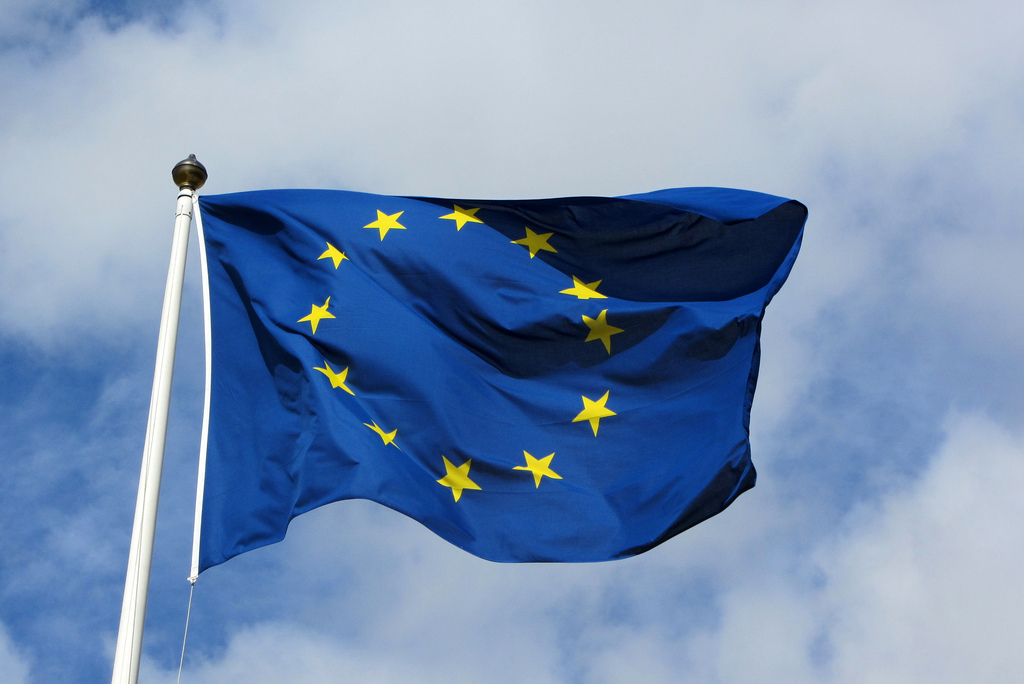The European Technology and Innovation Platform for Photovoltaics (ETIP PV) has released a position paper aimed at the COP24 climate negotiations in Katowice, Poland that opened this morning. In its communication, the EU parliament thinktank sets out a vision of 100% renewable energy generation by 2050.
Referring to peer-reviewed scientific studies, the ETIP PV says solar has the potential to become the world’s most abundant energy resource. The technology could make up 69% of the global energy mix in 2050, up from 1% in 2015. In addition to solar energy, the thinktank says wind power could rise from 4% of the global energy mix in 2015 to 18% by 2050.
The assertion is based on a study by researchers at Finland’s Lappeenranta University of Technology, which assumes that after 2015 no additional nuclear, coal or oil capacity would be built, while the share of renewables continuously grew by around 4% per year — that way PV would come out as the largest resource in 2050. Hydro capacity would reduce by half, down to 8% from 16% in 2015.
ETIP PV says its vision, aside from achieving decarbonization efforts under the Paris Agreement, would also bring significant opportunities for the European manufacturing industry. The thinktank noted the world-leading European PV sector of 2012 had now shrunk to just 6% of the market share.
Referring to the booming Asian market – as well as the Americas and, increasingly, African markets – the group highlighted the importance of ambitious targets for European industry. “EU governments must stimulate the European PV market in order to reap the economic benefits that PV brings, and give a boost to Europe’s PV industry,” stated the thinktank.
Energy investment needs to hit 2.8% of bloc’s GDP
In that vein, ETIP PV stressed policy barriers for both central and decentralized PV installations should be removed, and local manufacturing policies should be championed.
The EU Commission – led by Commissioner for Energy and Climate Change Miguel Arias Cañete – presented a vision for the EU to be carbon neutral by 2050. The commission said 75% of the EU’s greenhouse gas emissions derive from the energy sector. The EU plan proposes relying on 80% renewable energy capacity by 2050 and the commission says the importance of the endeavor will become clearer in the next decades, as more industries run on electricity.
Commissioner Cañete added, such a policy would reduce fossil fuel imports to the EU and save €2-€3 trillion after 2030. Those savings could be used to fund the investment of €175-€290 billion per year needed to achieve a net-zero greenhouse gas economy. Currently, the EU pays around 2% of GDP into its energy system; to achieve carbon neutrality, investment would need to be ramped up to 2.8%.
The two-week COP24 conference started today, and aims to establish a roadmap on how to achieve the goals set out in the COP21 Paris Agreement. That agreement determined global warming must be kept below 2°C or, ideally, at 1.5°C. While some countries have ramped up renewable installations as a result, a comprehensive global plan on how to implement the material provisions of the Paris Agreement has yet to be drafted.
This content is protected by copyright and may not be reused. If you want to cooperate with us and would like to reuse some of our content, please contact: editors@pv-magazine.com.




By submitting this form you agree to pv magazine using your data for the purposes of publishing your comment.
Your personal data will only be disclosed or otherwise transmitted to third parties for the purposes of spam filtering or if this is necessary for technical maintenance of the website. Any other transfer to third parties will not take place unless this is justified on the basis of applicable data protection regulations or if pv magazine is legally obliged to do so.
You may revoke this consent at any time with effect for the future, in which case your personal data will be deleted immediately. Otherwise, your data will be deleted if pv magazine has processed your request or the purpose of data storage is fulfilled.
Further information on data privacy can be found in our Data Protection Policy.